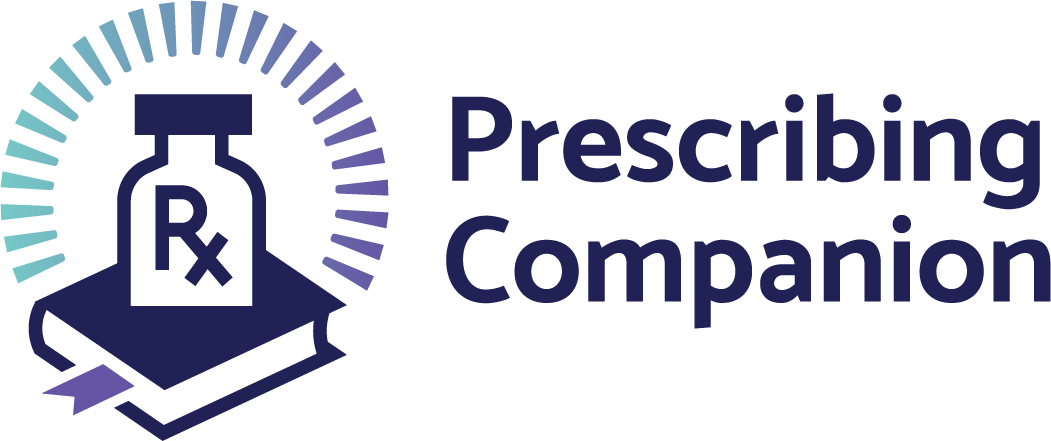Pre-Exposure Prophylaxis, or PrEP is a daily course of antiretroviral drugs (ARVs) taken by HIV-negative people to protect themselves from HIV infection. Trials of oral PrEP have shown that, when taken consistently and correctly, PrEP is highly effective and reduces the chances of HIV infection. When someone is exposed to HIV through sex or injection drug use, these medicines can work to keep the virus from establishing a permanent infection. The effectiveness of PrEP is intricately linked to adherence. It is important that any programme offering PrEP provides it as part of a combination package of prevention initiatives based on an individual’s circumstances with support and advice on the importance of PrEP adherence.
PrEP involves the use of antiretroviral (ARV) drugs before HIV exposure by people who are not infected with HIV to block the acquisition of HIV. Twelve trials on the effectiveness of oral PrEP have been conducted among sero-discordant couples, heterosexual men, women, men who have sex with men, people who inject drugs, transgender people. Where adherence has been high, significant levels of efficacy have been achieved, showing the value of this intervention as part of combination prevention approaches. Oral PrEP containing Tenofovir Disoproxil Fumarate (TDF) or alternatively Tenofovir alafenamide (TAF) with either Emtricitabine.
(FTC) or Lamivudine (3TC) should be offered as an additional prevention choice for people at substantial risk of HIV acquisition as part of combination HIV prevention approaches.
Oral Pre-Exposure Prophylaxis
Oral Pre-Exposure Prophylaxis is a daily course of antiretroviral drugs (ARVs) taken by HIV-negative people to protect themselves from HIV infection. Oral PrEP containing Tenofovir Disoproxil Fumarate (TDF) or alternatively Tenofovir alafenamide (TAF) with either Emtricitabine (FTC) or Lamivudine (3TC) should be offered as an additional prevention choice for people at substantial risk of HIV acquisition as part of combination HIV prevention approaches.
Eligibility Criteria
- All HIV negative clients with a perceived risk of HIV acquisition willing to be adherent
- No suspicion of acute HIV infection
- Able to attend regular 3-months reviews and HIV testing
- Able to concomitantly apply other prevention methods such as barriers to prevent the transmission of other STIs
- Willing to stop taking PrEP when no longer eligible
And: at substantial risk for HIV infection, defined as engaging in one or more of the following activities within the last six months:
- Vaginal/anal intercourse without condoms with more than one partner
- Sexually active with a partner who is known to be HIV positive or at substantial risk of being HIV positive
- Sexually active with an HIV-positive partner who is not on effective treatment (defined as on ART for < 6months or not virally suppressed)
- History of STI (based on lab test, syndromic STI treatment, self-report)
- History of Post-Exposure Prophylaxis (PEP) use
- Sharing injection material or equipment
Long-Acting Injectable Cabotegravir for Pre-Exposure Prophylaxis (PrEP)
Long-acting injectable Cabotegravir (CAB-LA) is an Integrase Strand-transfer Inhibitor (INSTI). It is given at a dose of 600mg, intramuscularly, four weeks apart for the first two injections and every eight weeks thereafter for HIV Prevention. Potential barriers to the uptake and effective use of oral PrEP, such as not wanting to take an oral pill regularly, may be overcome with a long-acting injectable option. Offering additional PrEP choices has the potential to increase its uptake and effective use, and HIV prevention overall, as it allows people to choose a method that they prefer.
In Zambia, CAB-LA should be offered as an additional prevention choice for people at substantial risk of HIV infection, as part of combination prevention approaches. Even though Zambia has a generalized HIV epidemic, there are populations and places which have a disproportionately higher incidence of HIV, and these should be prioritized for CAB-LA. These include adolescent girls and young women, marginalized populations such as FSW, MSMs, PWIDs, prisoners and migrant populations.
As with oral PrEP, HIV testing using routine national standard testing algorithms is required before offering CAB-LA and should also be done before each injection while using CAB-LA and ideally, regularly after CAB- LA discontinuation.
Dapivirine Vaginal Ring for Pre-Exposure Prophylaxis (PrEP)
The PrEP ring may be offered as an additional prevention choice for women at substantial risk of HIV infection as part of combination HIV prevention strategy. It is a flexible silicone vaginal ring that slowly releases the antiretroviral drug Dapivirine, which is a non-nucleoside reverse transcriptase inhibitor (NNRTI), into the vaginal mucosa over the course of one month. The ring must be in place for at least 24 hours before it is maximally effective. The ring may be offered as an option for people assigned female at birth (AFAB) who wish to prevent HIV acquisition through receptive vaginal sex and are unable or do not want to use other PrEP options, or when other PrEP options are not available. The ring must be inserted correctly into the vagina and worn for one month without removal.
The PrEP ring has a shelf life of five years. It should be stored at room temperature away from direct light and out of reach of children. Offering the ring in community settings would increase access to HIV prevention options, especially for those who are not currently accessing PrEP services in clinical settings.
If a client wishes to discontinue use of the ring, they can remove it. Ideally, clients who are discontinuing PrEP use will alert their providers and receive support to use other HIV prevention practices if they are still having ongoing exposure to HIV.
